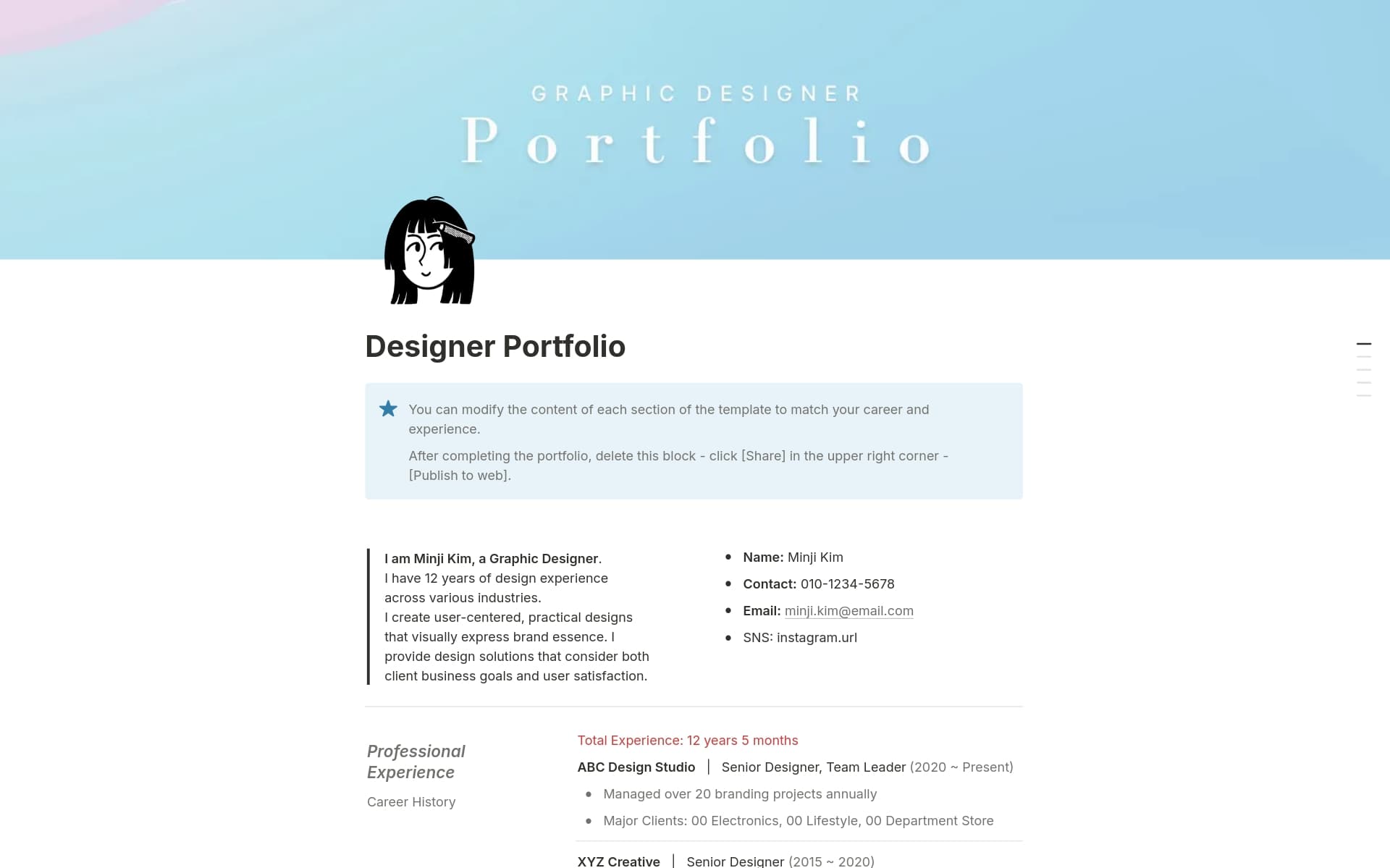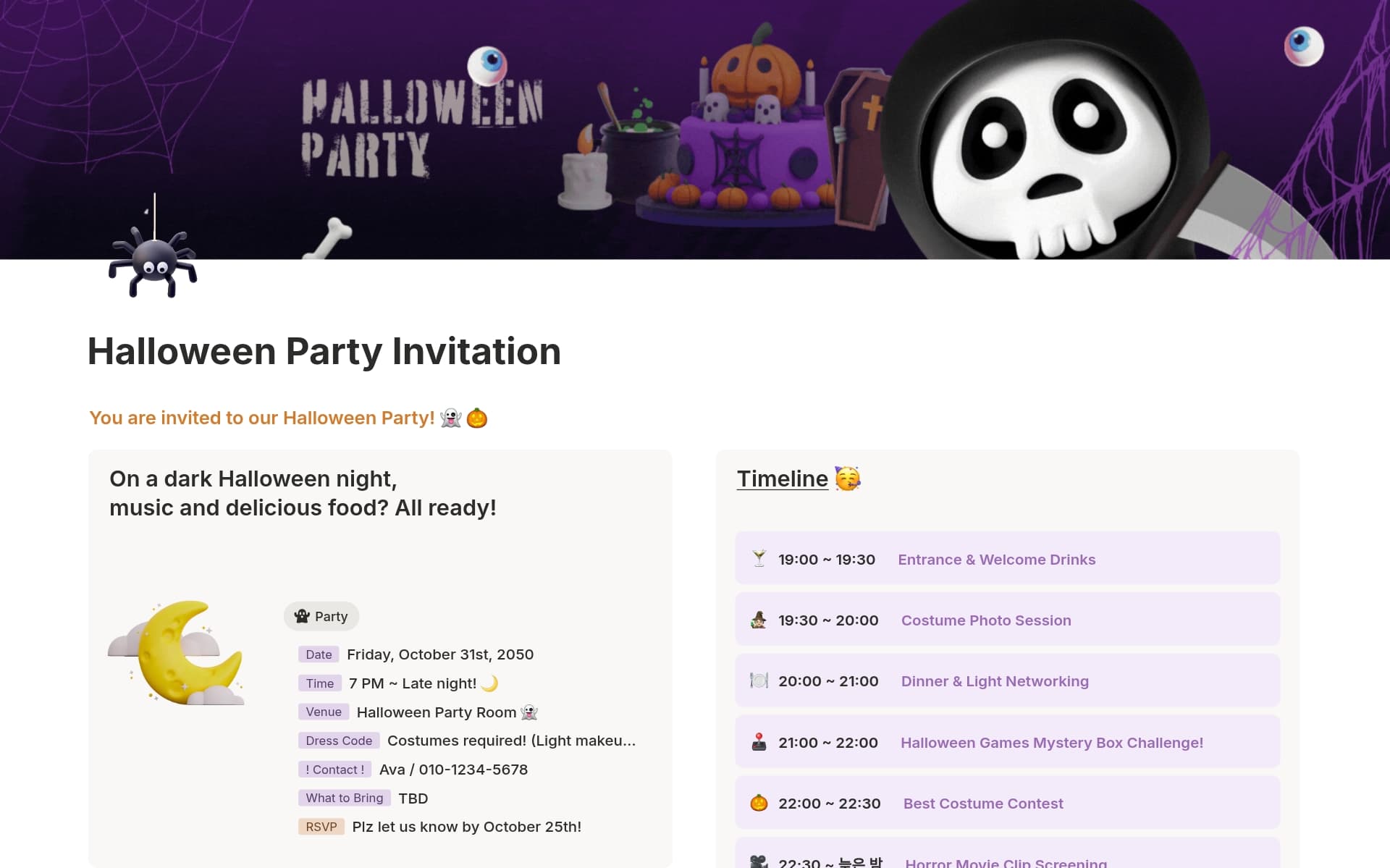With IT Inventory templates, manage all your hardware and software assets in one place. Know what equipment is in use and keep track of warranties and maintenance schedules.
What Should IT Inventory Templates Include?
Choosing the right IT Inventory template in Notion can streamline the management of your IT assets effectively. Here are some key components to look for when selecting a template:
Asset Tracking Capabilities: The template should offer comprehensive tools to track each asset's purchase date, condition, and current status.
User Access Levels: It's important that the template allows for different access permissions, ensuring sensitive information is only accessible to authorized users.
Maintenance Scheduling: Look for a template that includes features to schedule regular maintenance and check-ups, which helps in prolonging asset life.
Integration Options: A good template should be able to integrate with other tools used by your IT department for seamless operations.
Selecting a template with these components will ensure you have a robust system in place for managing your IT assets efficiently.
What Should IT Inventory Templates Avoid?
Choosing the right IT inventory template in Notion can streamline your asset management, but it's equally important to know what to avoid. Here are three key components to steer clear of:
Overly Complex Layouts: Templates with complicated structures can be difficult to navigate and update. Opt for simplicity to ensure ease of use and efficiency.
Non-Customizable Fields: Avoid templates that don't allow you to modify fields. Every IT department has unique needs, and a good template should be adaptable to meet those requirements.
Excessive Automation: While some automation is beneficial, too much can lead to errors and over-reliance on technology. Ensure the template allows for manual control where necessary.
Remember, the best IT inventory template is one that balances simplicity with functionality, ensuring a smooth and effective asset management process.




